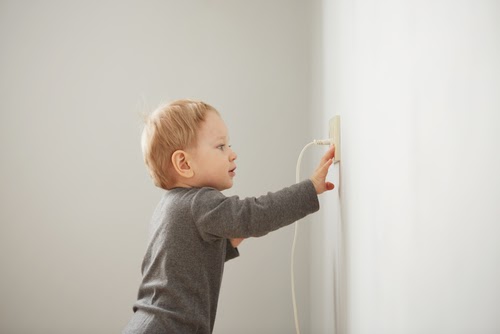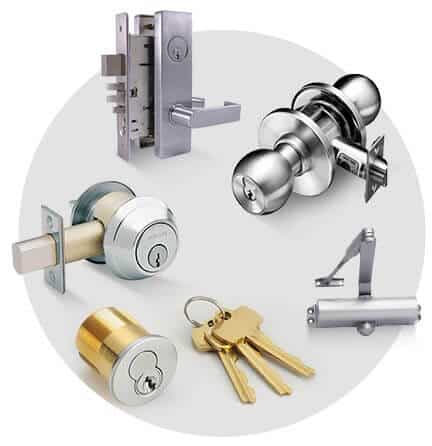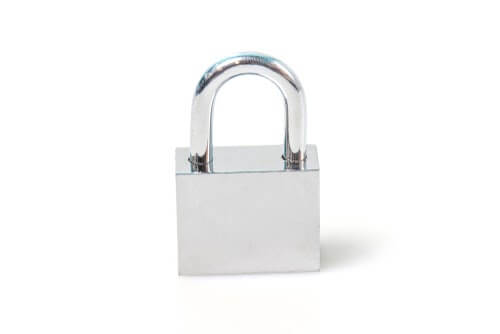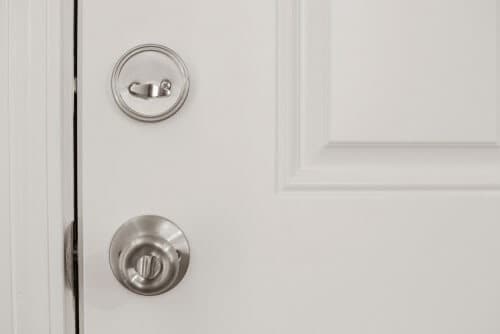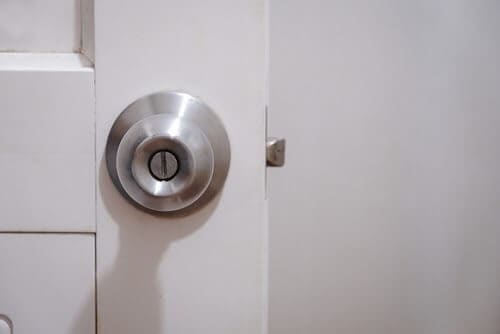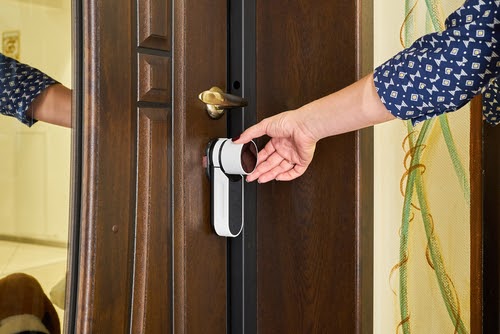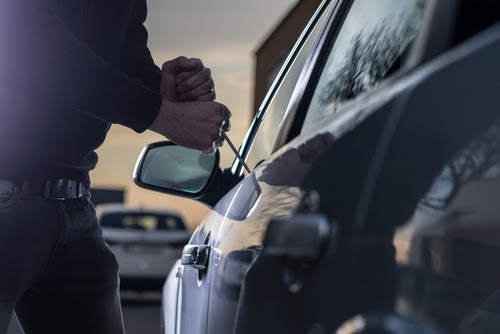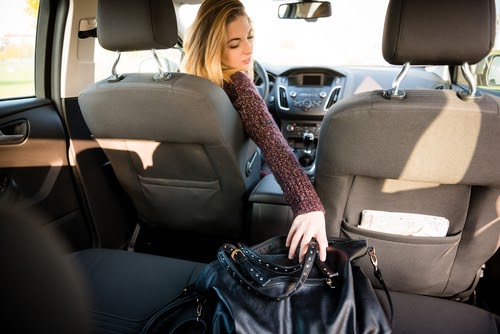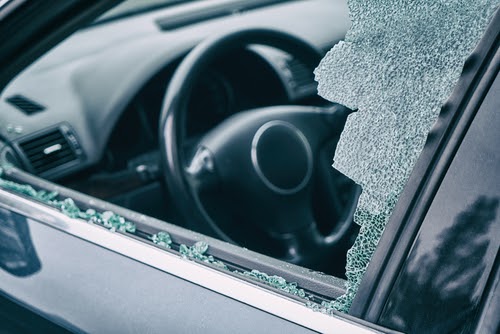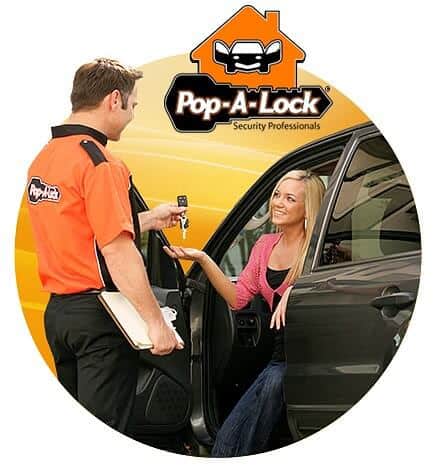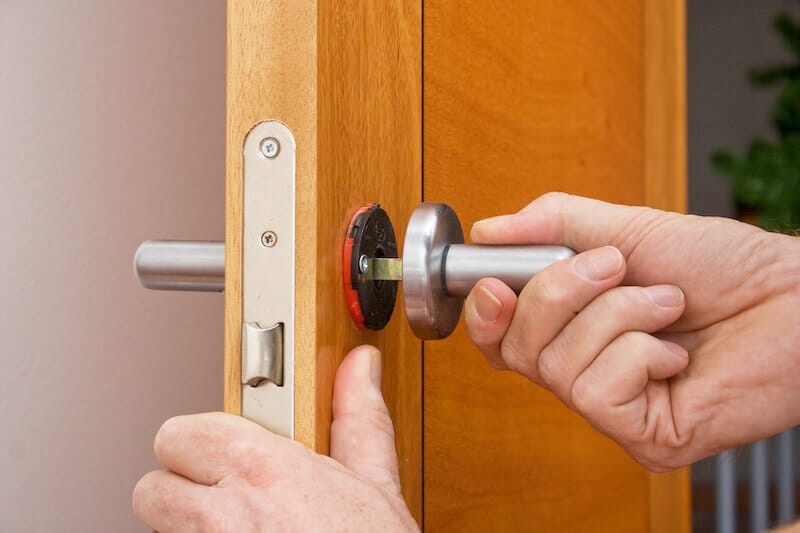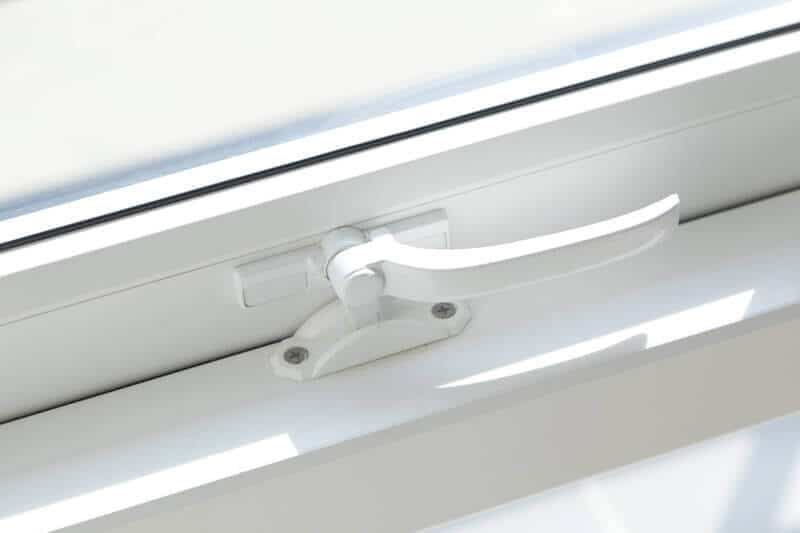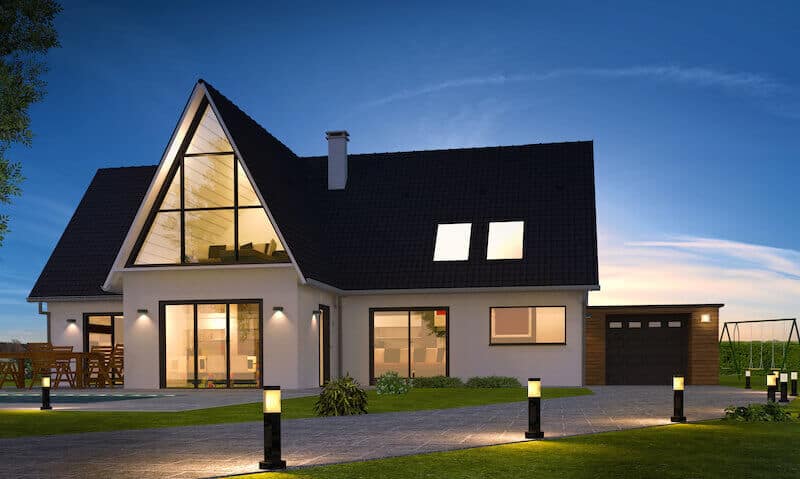
Home security practices are not just for adults. If you have kids at home, they need to know about safe home security as well, especially now that summer is here and they’re likely spending more time at home alone. Here are eight tips you should teach your children, along with practices you should implement to make your home safer for kids.
- Set the alarm. If you have a home security system, give your children a demonstration of how to operate it. Explain to them its purpose and importance, showing them what they should do when you leave the house. Many security systems are linked to the phone, so you’ll need to show them how to answer the phone and explain to the security company if it’s a false alarm or a real threat. Make sure your kids remember the passcode. Have them recite it aloud and tell them not to share the code with anyone. Quiz them on the code every so often to ensure they know it.
- Lock up. It is essential to teach your kids to lock all the doors and keep the windows closed. If you’re not ready to give a set of house keys to your child, use a smart lock that you can unlock remotely for them. You may want to consider other security solutions such as surveillance that can be viewed remotely and smart doorbell cameras. A doorbell camera would allow you to see if a visitor is a family member, for example, and you could let them in your house using your smartphone.
- Call 911. Your children probably already know to call 911 in case of an emergency. However, don’t assume that they know when and how to contact emergency services for help. Communicate with them and put an emergency procedure in place. The goal is to instill emergency preparedness without making them fearful. Teach your kids what to do in a variety of emergency scenarios, such as a break-in or a fire. Make a list of emergency numbers and information they might need to provide to emergency dispatch. Running practice drills for emergencies is recommended so that your kids know what to do and where to go. Be sure to answer any questions they may have about the process.
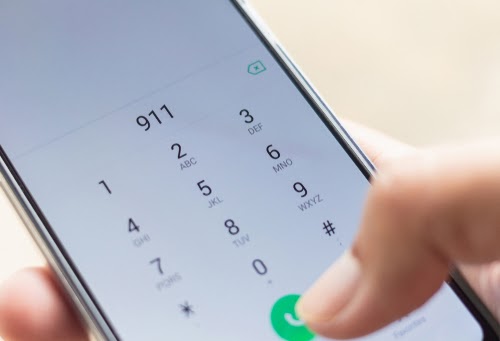
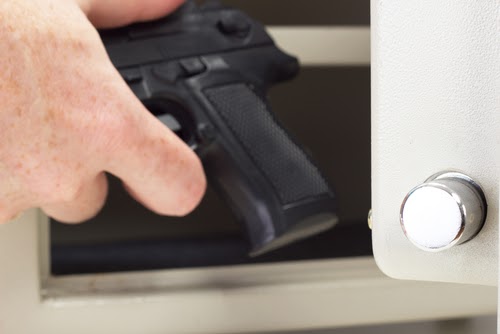
- Do not answer the door for strangers. Children at home alone must know to never open the door to anyone else other than their family. It’s best if your children know ahead of time who they can let into the home if you’re not home and the doorbell rings.
- Lock away guns. If you have firearms at your house, make sure they are not loaded and are locked away in a safe place. Be sure to talk to your kids about the dangers of guns and gun safety.
Contact Pop-A-Lock
Looking to improve the security of your home? Pop-A-Lock® can help. We’ve created the Home Site Security Audit as a way for our customers to evaluate their current home security measures. This security checklist will allow you to create a safe environment for you and your children. If you’d like to schedule a home security audit with a Pop-A-Lock Security Specialist, call 1-800-POP-A-LOCK today!

